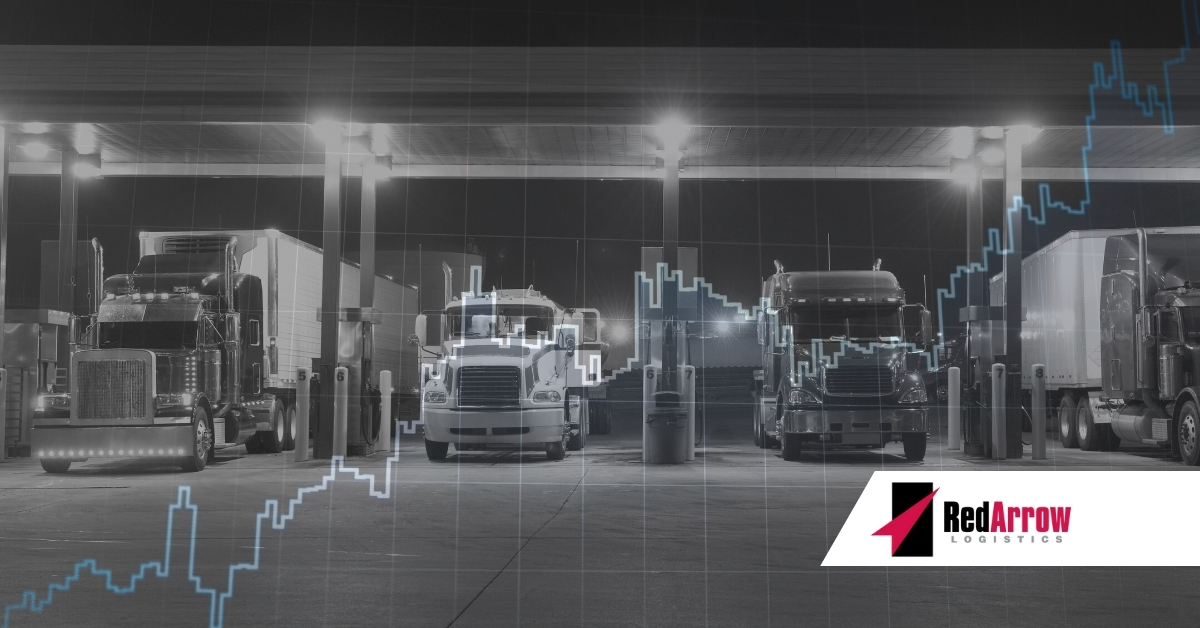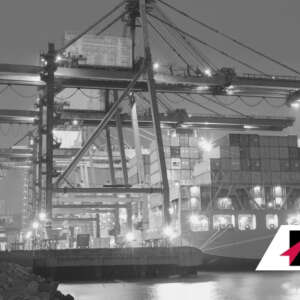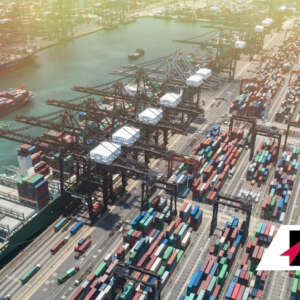Filling up at the pump has been painful lately—especially for truck drivers. Diesel fuel prices are at an all-time high, which is affecting an already fragile supply chain, and driving the rate of inflation up. Truck drivers are already concerned about the growing costs that could put smaller owner-operators out of business.
Diesel Fuel Prices are Rising
Diesel fuel runs the world’s economy, and the price has increased faster and higher than the cost of regular gasoline. According to AAA, diesel gas prices are at a record high of $5.740 per gallon as of June 9th. This is significantly higher than last year at the same time, at $3.25 a gallon. Prices rose because of record futures contracts and decades-low stockpiles. The invasion of Ukraine has constricted the global supply of fuel and led to a higher demand for diesel produced on the U.S. Gulf Coast. Unlike gasoline prices that have plateaued in recent weeks, diesel prices are continuing to rise. California is feeling the brunt of the rise in prices, where both diesel and regular fuel cost more than any other state.
The higher cost of diesel will affect the trucking sector, which is already strained. The trucking industry consumes about 70% of the diesel used in the U.S. The shortage is worse on the East Coast, where inventories are at their lowest since 1996. Gulf Coast producers have increased their exports to Latin America and Europe to make up for their loss of Russian oil, so the domestic pipeline supplying states on the East Coast are not being utilized.
How the Cost of Diesel Fuel Impacts Carrier Rates
Full truckload and LTL carriers have been getting hit hard with the cost of fuel. An LTL carrier’s fuel costs are covered through fuel surcharges that are linked to the average price of diesel. Most carriers use a table to determine fuel surcharges. As fuel prices fluctuate, the cost does as well. However, with diesel prices rising so sharply, current fuel surcharges are not enough to cover the drastic increase. Full truckload usually bases fuel surcharges on a per-mile basis, which get added when diesel costs more than a base rate. The higher the cost of diesel rises, the more the per-mile charge is.
Ripple Effect on the Economy
The higher price of diesel translates directly to the U.S. economy. Trucks move products consumers use as well as raw materials being sent to manufacturers and building sites. Diesel also fuels major sectors of the economy, including construction, manufacturing, and agriculture.
Retail giants Walmart and Target cite the higher fuel costs as a factor in their lower-than-expected quarterly earnings, and their stocks took the hit. Executives from both retailers said that the higher fuel costs are translating to higher prices for shoppers. Walmart, which owns 7,400 diesel trucks, spent $160 million more on fuel costs than what the company had originally forecasted. Because fuel costs accelerated so quickly this past quarter, the cost increases were not passed on to customers.
Other Sectors Affected by Rising Fuel Costs
Freight trucking is not the only part of the economy that is being affected by the higher diesel prices. In agriculture, planting and seeding equipment, as well as harvesting trucks, operate on diesel. As a result, farmers might have to plant smaller crops. So not only is the food more expensive to ship, but it is also more expensive to grow.
Manufacturing also uses a wide range of diesel-powered equipment to create the goods and services used in everyday life. For example, diesel is often used to operate steam boilers used in chemical plants and textile factories. These all translate to rising prices on goods and services in the U.S.
Will Diesel Stay Expensive?
Diesel prices will remain higher for longer than regular gasoline prices because of the low inventories. Goods that are manufactured or farmed will most likely remain at inflated prices. In Connecticut, groceries and other basic goods will become even more expensive beginning July 1st. The Department of Revenue Services will be announcing a major increase in the state’s diesel tax. And in six months, the state will impose a new highway use tax on large commercial trucks that could cost the transportation industry up to $90 million a year, an expense that trucking companies have already said will be passed on to Connecticut consumers. Other states may follow suit if fuel prices remain high.
Your Trusted Partner
At Red Arrow Logistics, we provide expertise and white glove customer service with fast-growing, complex, and high-value supply chains. As the next-generation model of logistics companies, we offer tailored transportation and logistics solutions — from single shipments to complex over-dimensional and international orders.
Red Arrow offers the scale and scope of services including air, ocean, and ground transportation to meet the budget and schedule requirements of the largest and smallest companies alike. If we can be of assistance, please email us at info@redarrowlogistics.com or give us a call at 425-747-7914.





